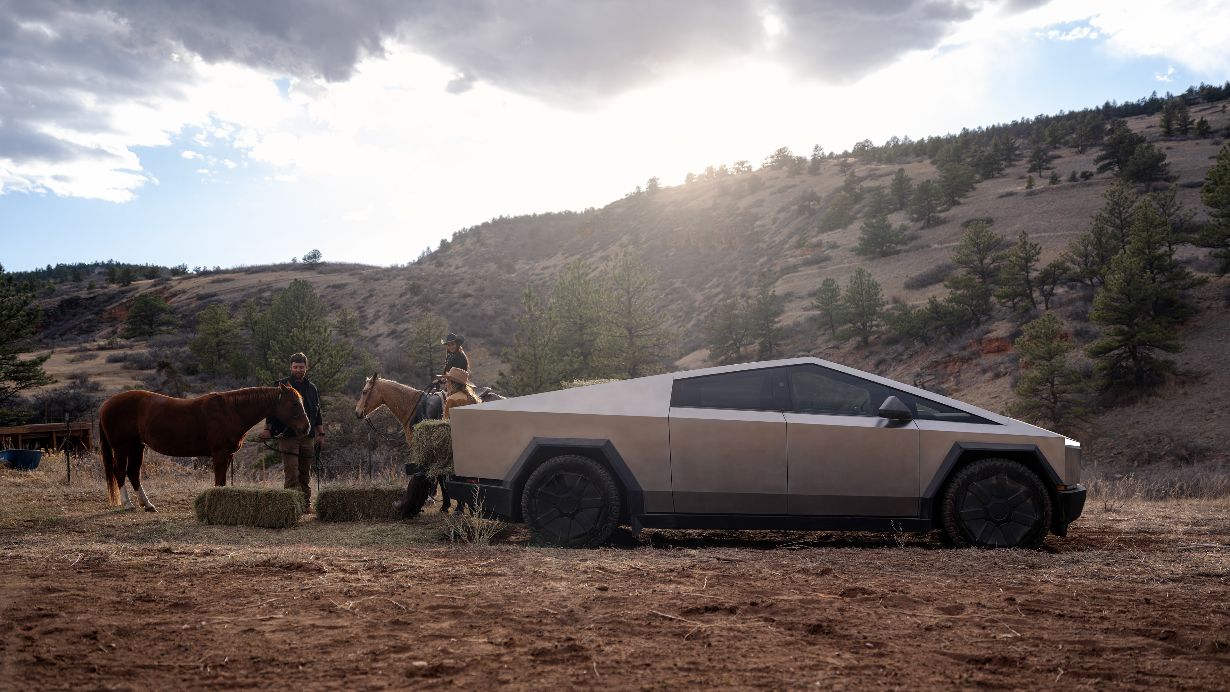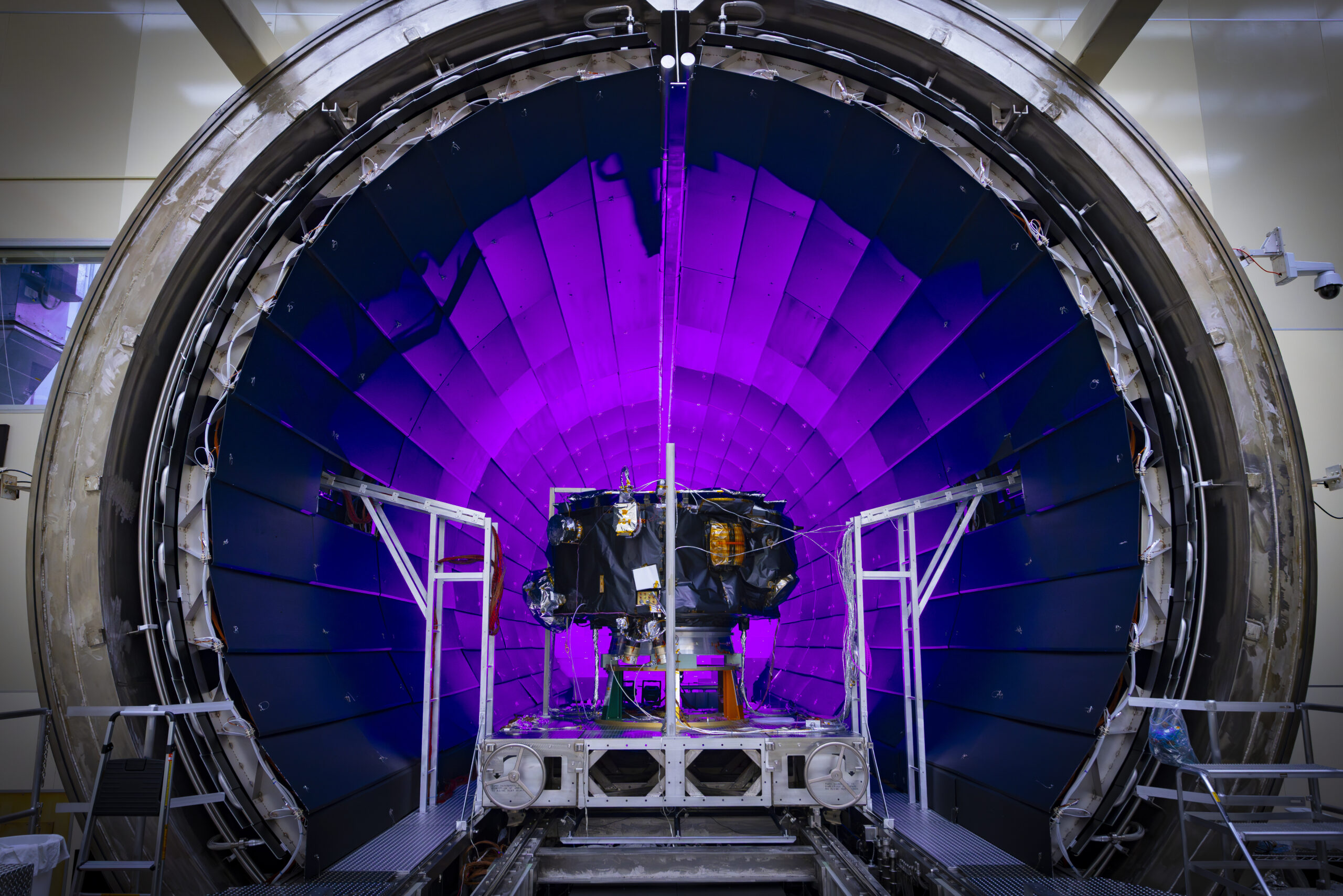Now Reading: Does Lunar Electrostatic Dust Success Mean Electrostatics Will Work for Propellantless Drive ?
-
01
Does Lunar Electrostatic Dust Success Mean Electrostatics Will Work for Propellantless Drive ?
Does Lunar Electrostatic Dust Success Mean Electrostatics Will Work for Propellantless Drive ?

Dr Charles Buhler has been the lead NASA scientist on Electrostatics. An experiment last month was sent to the moon and showed success against a decades long problem of lunar dust. Buhler believes his world class knowldge of electrostatics has found a way to create a propellantless drive. The lab tests on earth have shown that his device can generate some propulsive forces. They have launched a device into orbit to test the device in microgravity conditions. The previous device, a few months ago, was sent to orbit did not get tested in orbit because of a failure of the satellite holding the device.
Buhler knows how to run lab tests in vacuum. His work at NASA shows he is meticulus. The orbital test is about to be activated and if works as expected then the device will raise the satellite dozens to hundreds of kilometers.

Buhler and his team at Exodus have made test articles for propulsion utilize basic materials and don’t require exotic or expensive rare earth metals. In fact, one of the most valuable components in the original drive designs is ordinary styrofoam.
“Most of the videos that you will see are Styrofoam thrusters,” Buhler explained. “They have the asymmetrical capacitive plates. We encompass them in Styrofoam.”
They used voltages in the 30,000 to 40,000 volt range to rotate a large suspended beam in the lab.
Encompassing the propellant mass in styrofoam not only keeps the ion wind down, but according to Buhler, the versatile and low-cost material can also stand the high voltages that air thrusters require. Other lightweight materials can experience sparking at these high voltages, which can cause an experimental failure and damage to the test article.
Dr. Charles Buhler and Andrew Aurigema demonstrated a series of tests with Exodus propellantless propulsion drive prototypes.
Dr. Charles Buhler is the co-founder of Exodus Propulsion Technology and lead scientist and co-founder of NASA’s Electrostatics and Surface Physics Laboratory at Kennedy Space Center. Dr. Buhler has a PhD in Condensed Matter Physics from Florida State University, which he received in 2000 while working on high temperature superconductors at the National High Magnetic Field Laboratory.
Dr. Buhler has experience working with electrostatic discharge & ESD safety for the Space Shuttle Program, the International Space Station Program and the Hubble Space Telescope Program. He was also a Co-Investigator for three NASA Research Announcements funded by the Mars Exploration Program, and is currently working on NASA’s Dust Project focused on utilizing electrostatic methods to remove dust from personnel and equipment. A recent test 2025 on the moon has been successful. This test is discussed below.
Andrew Aurigema is co-founder of Exodus Propulsion Technologies – and a second-generation Space Coast native who grew up knowing that moon landings and Star Trek were both real. Now a professional Aerospace Engineer by trade, he run his own space program out of a private airfield north of the Kennedy Space Center when not building rockets for others. Starting with balsa wood and flyback transformer lifters more than 20 years ago, he has developed the propellantless propulsion system now branded as the Exodus Effect.
OTP-2 Update (day 24) SMA: 28 Mar 516km – 7 Apr 25 515.1 km a drop of 900 m in 10 days or 90m per day (ave). 3.75km/h +/- an average amount of orbital degeneration – nothing standing out yet @RogueSpaceCorp @RaMansell @memcculloch @SJuan1797 pic.twitter.com/KonOi1ZACb
— MW Siebert (@MWSieb) April 7, 2025
The Semi Major Axis of the satellite containing the device needs to start moving up. The satellite is dropping about 90 meters per day or about 3.75 meters per hour.
Celestrak tracking at this link shows the semi major axis as a black line. The Semi major axis is still dropping, so the device has not been turned on yet or it is not working. If this tracking starts showing the drop changing or the satellite rising that would be a huge result.

63235 has been assigned as the permanent NORAD ID for OTP-2! https://t.co/XvZWqbbLs9 This means you can go to websites like https://t.co/Xee1i700TP and put in 63235 to track!
— Richard Mansell (@RaMansell) April 2, 2025

Patent to Use Voltage Differences to Generate Propulsion
System and method for generating forces using asymmetrical electrostatic pressure
A system and method for generating a force from a voltage difference applied across at least one electrically conductive surface. The applied voltage difference creates an electric field resulting in an electrostatic pressure force acting on at least one surface of an object. Asymmetries in the resulting electrostatic pressure force vectors result in a net resulting electrostatic pressure force acting on the object. The magnitude of the net resulting electrostatic pressure force is a function of the geometry of the electrically conductive surfaces, the applied voltage, and the dielectric constant of any material present in the gap between electrodes. The invention may be produced on a nanoscale using nanostructures such as carbon nanotubes. The invention may be utilized to provide a motivating force to an object. A non-limiting use case example is the use of electrostatic pressure force apparatus as a thruster to propel a spacecraft through a vacuum.

The system that has been launched should be able to generate millinewtons of force. This is the same amount of force as some ion drives. However, ion drives are fuel limited. The proven ion drives can operate for tens of thousands of hours (aka years) but they must send out tiny amounts of fuel as ions.
This electrostatic system will initially perform like ion drives if it works. The different will be that the patent projects being able to make the effect work even using nanostructures. The thrust could be maintained even if the device is thousands to millions of times lighter.
They have made over 1,500 test articles and have over 3,000 data sets to date. The thruster itself that generates 10 millinewton forces weighs only about 760 milligrams. The framework that they put these things in weighs about 30 to 40 grams. Although the entire rig doesn’t lift off of the ground, the most powerful results tested using his device show it is exerting enough thrust to counteract the force of Earth’s gravity on the apparatus’ tiny propellant surface. For their latest experiments, Buhler says his team used a commercial omega force meter that is accurate down to a resolution of about 100 micronewtons. Notably, the researcher says his team isn’t measuring the force of the article. They are metering the force it is creating inside the Faraday cage since it is a more reliable form of measurement that helps eliminate other outside electromagnetic fields that could potentially skew the results.
However, the career electrostatics expert cautioned against casual efforts to build Exodus Effect thrusters due to the incredibly high voltages required.
High-voltage experience is needed to perform these experiments.
The founder of NASA’s Electrostatics and Surface Physics Laboratory at Kennedy Space Center said he would recommend colleges and commercial laboratories that have the proper equipment and experience reach out to him for the details so they can build and test their own devices.
Advancements in chemistry could lead to improvements in the thruster’s performance.
“Chemistry is a very useful field to help us,” he said. “They know all types of electronic properties of different materials, microscopic versions of these forces. We’re trying to get bound charges. All kinds of electrostatic processes we could take advantage of.”
“The chemists are really very good at understanding charges, charge flow, and all of those things,” he added.
The best path forward would be perfecting the generation of the force at a smaller scale and then seeing if you can scale it up to a larger, more practical space drive. If the forces stack, then it an array of a million devices would be generating tens of thousands of newtons of thrust.
IF the device starts to work in orbit, then the US Air Force Research Lab and DARPA will provide tens of millions to billions of dollars to perfect smaller devices and put them into larger and larger arrays.
NASA Electrodynamic Dust Shield
The Electrodynamic Dust Shield, developed at Kennedy, successfully lifted and removed lunar regolith, or dirt, using electrical forces on glass and thermal radiator surfaces on @Firefly_Space
’s Blue Ghost lunar lander!
A NASA Electrodynamic Dust Shield (EDS) successfully lifted and removed lunar regolith, or dirt, using electrical forces on the glass and thermal radiator surfaces. The EDS re-duster also demonstrated its ability to move regolith (lunar soil and rock), aiding dust management. While data analysis continues, the dust instrument has fulfilled most of its objectives. These results confirm EDS as a promising solution for future lunar surface operations.

Dust on the moon and Mars is a significant hazard that must be mitigated.

Using transparent electrodes and electric fields, EDS technology can lift and remove dust from a variety of surfaces for space applications ranging from thermal radiators, solar panels, and camera lenses to spacesuits, boots, and helmet visors. Controlling and removing the charged dust will be critical to the success of Moon missions under the agency’s CLPS initiative and Artemis campaign.
Dr. Charles Buhler, lead research scientist at the Electrostatics and Surface Physics Laboratory at Kennedy said “Lunar regolith dust can get into gaskets and seals, into hatches, and even into habitats, which can pose a lot of issues for spacecraft and astronauts.”
Dust on, dust off… on the Moon!
The Electrodynamic Dust Shield, developed at Kennedy, successfully lifted and removed lunar regolith, or dirt, using electrical forces on glass and thermal radiator surfaces on @Firefly_Space’s Blue Ghost lunar lander! https://t.co/a3HHrPwiwC pic.twitter.com/e06UuH4R5V
— NASA’s Kennedy Space Center (@NASAKennedy) March 10, 2025

Brian Wang is a Futurist Thought Leader and a popular Science blogger with 1 million readers per month. His blog Nextbigfuture.com is ranked #1 Science News Blog. It covers many disruptive technology and trends including Space, Robotics, Artificial Intelligence, Medicine, Anti-aging Biotechnology, and Nanotechnology.
Known for identifying cutting edge technologies, he is currently a Co-Founder of a startup and fundraiser for high potential early-stage companies. He is the Head of Research for Allocations for deep technology investments and an Angel Investor at Space Angels.
A frequent speaker at corporations, he has been a TEDx speaker, a Singularity University speaker and guest at numerous interviews for radio and podcasts. He is open to public speaking and advising engagements.























